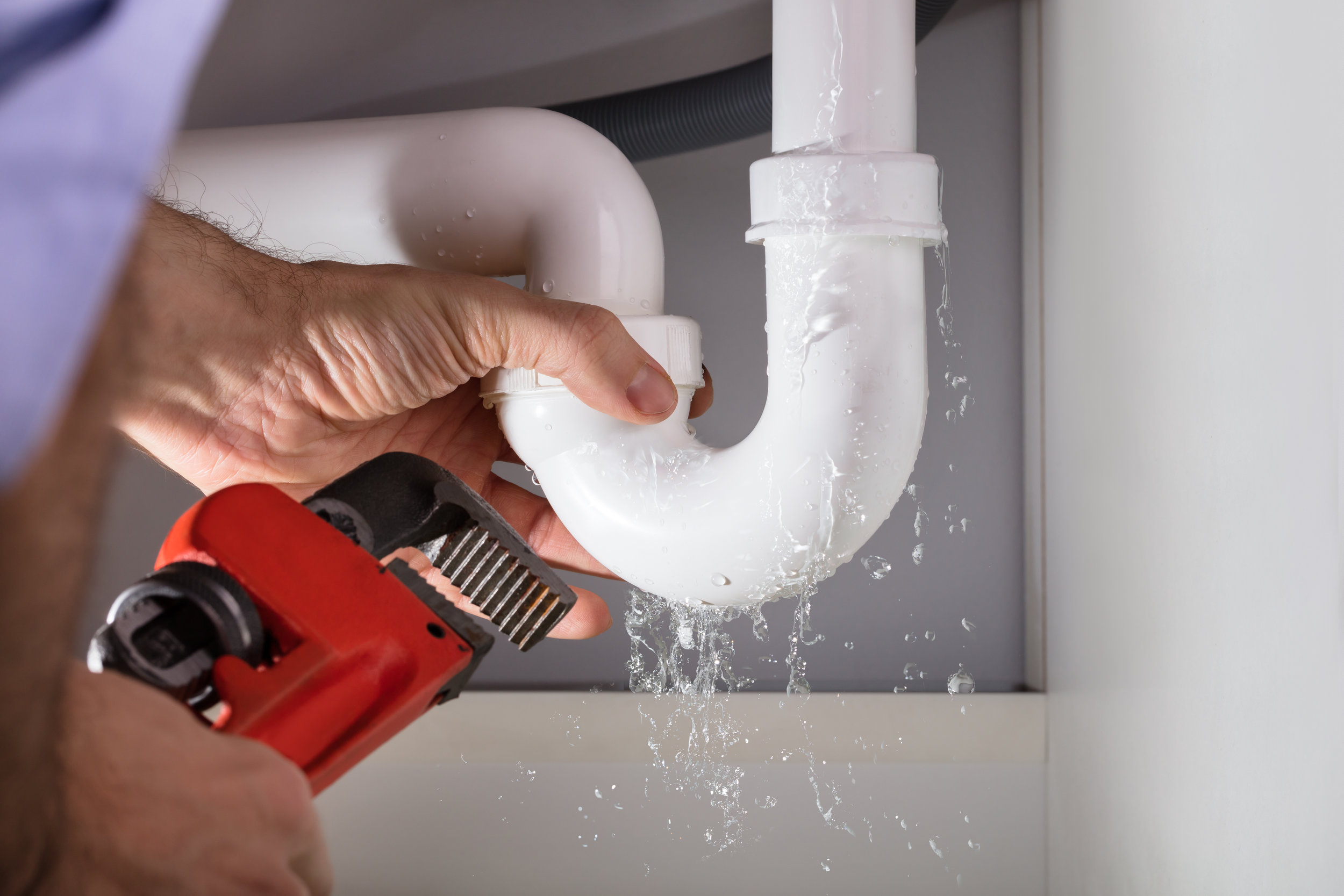Leaks inside your home or building might seem small at first, but over time, they can cause serious problems. From hidden water damage to increased utility bills, ignoring leaks can lead to expensive repairs. That’s why leak location and repair is not just important, it’s necessary for protecting your property and saving water.
Whether it’s a dripping pipe, a slab leak, or a roof issue, identifying the leak early and fixing it quickly can save you thousands of rupees and prevent long-term damage. Let’s explore why timely leak detection is so important and how it protects both your structure and your wallet.
What Causes Water Leaks?
Leaks can come from many sources. Common causes include broken pipes, aging plumbing systems, clogged drains, cracked tiles, and damaged roofing. Even faulty appliances like washing machines or geysers can cause indoor leaks.
Sometimes leaks happen underground or behind walls, making them hard to detect. Over time, water builds up in hidden areas, damaging wood, paint, and cement, and causing mold. This is why leak detection should be done before the signs become visible.
How Leaks Lead to Structural Damage?
When water leaks into walls or ceilings, it weakens the structure slowly. The water softens bricks, rusts iron rods, and damages the concrete. In severe cases, it can even lead to wall cracks, ceiling collapse, or foundation issues.
Constant moisture also attracts pests like termites, which eat away at wooden structures. The longer the leak goes unnoticed, the worse the damage gets, leading to high repair costs and safety risks.
Financial Costs of Ignoring Leaks
Delaying leak repair doesn’t just damage your home, it also hits your wallet. Even a small leak can waste hundreds of liters of water each month, increasing your utility bills.
Besides higher water bills, hidden leaks can cause damage to flooring, electronics, paintwork, and furniture. These replacements are often more expensive than simply fixing the leak in time.
Health Hazards Caused by Moisture
When moisture remains in your home for too long, it creates the perfect condition for mold and mildew. These are harmful fungi that affect indoor air quality and can cause allergies, asthma, and breathing problems.
Children, elderly people, and those with weak immune systems are most at risk. Fixing leaks quickly keeps your home healthy and mold-free, especially in humid climates or monsoon seasons.
Benefits of Professional Leak Detection
Professional leak detection services use advanced tools like infrared cameras, moisture meters, and thermal imaging to find hidden leaks without breaking walls. This modern method saves time, money, and avoids unnecessary damage.
Experts also identify the root cause of the leak and suggest long-term solutions. Whether it’s a pipe under the floor or a crack in the roof, professional detection ensures accurate and complete repairs.
Signs You Might Have a Hidden Leak
Some early warning signs indicate a possible hidden leak. Watch out for water stains on walls or ceilings, peeling paint, a musty smell, or low water pressure.
You might also hear dripping or rushing water sounds, even when taps are closed. If your water bill increases without extra usage, it’s another sign you should check for leaks immediately.
The Role of Technology in Leak Repair
Today, many plumbing services use non-invasive tools like acoustic sensors and pressure testing to find and repair leaks quickly. This helps avoid unnecessary digging or breaking tiles.
Once the leak is found, repair methods like epoxy lining, pipe relining, or spot sealing are used to fix the issue. These modern solutions are faster, more durable, and less disruptive to your home.
Preventive Maintenance: Stop Leaks Before They Start
Preventing leaks is better than fixing them later. Regular maintenance of your home’s plumbing system helps catch issues early. Clean drains, check seals around sinks and tubs, and inspect roofs annually.
Install water leak sensors in critical areas like kitchens and bathrooms. These devices send alerts if they detect moisture, helping you stop leaks before they cause damage.
Why Leak Repair Is an Investment?
Think of leak repair not as an expense, but an investment in your property’s safety and value. Homes with leak-free plumbing, dry basements, and healthy air quality are easier to sell and maintain.
Spending a little now on leak detection and repair can save you from major repair costs later. Plus, it gives peace of mind knowing your home is safe from hidden damage and water loss.
Conclusion
Leaks don’t fix themselves. What starts as a small drip can turn into serious structural damage or major health risks if ignored. By locating and fixing leaks early, you protect your home, health, and finances.
Don’t wait for signs of damage to take action. Regular inspections, smart sensors, and professional services can help you stay leak-free all year round. For more home maintenance tips, visit USA Time Magazine and stay ahead of problems before they grow.
FAQs
1. Why is leak detection important?
It helps prevent water damage, mold, high utility bills, and structural issues by fixing leaks early.
2. How can I tell if there’s a hidden leak?
Look for water stains, musty smells, peeling paint, or sudden jumps in your water bill.
3. What tools are used for professional leak detection?
Experts use thermal cameras, moisture meters, and acoustic sensors to find hidden leaks.
4. Are leak repairs expensive?
Not always. Early repair is much cheaper than fixing major water damage later.
5. How often should I check for leaks at home?
Once every 6 months, or before the monsoon season is a good habit for preventive care.
